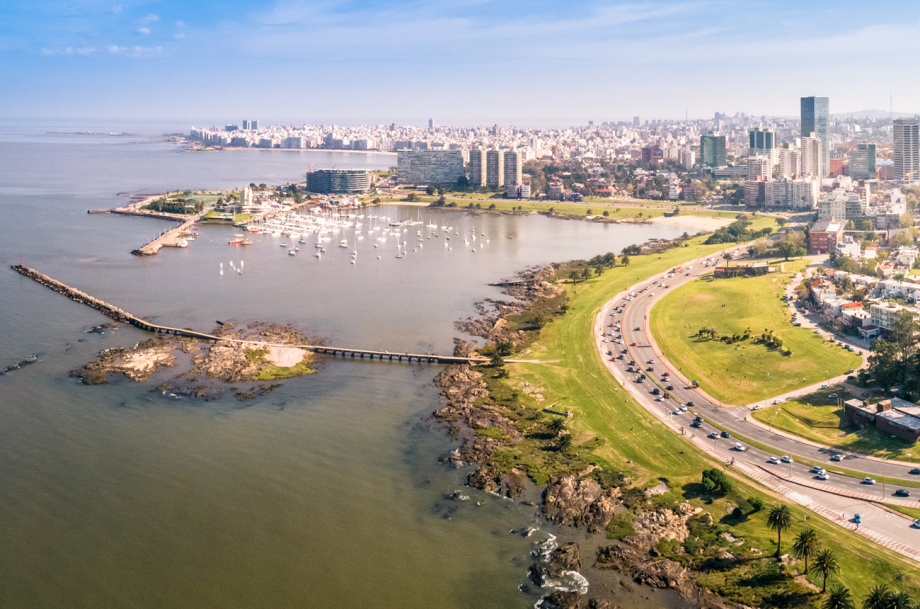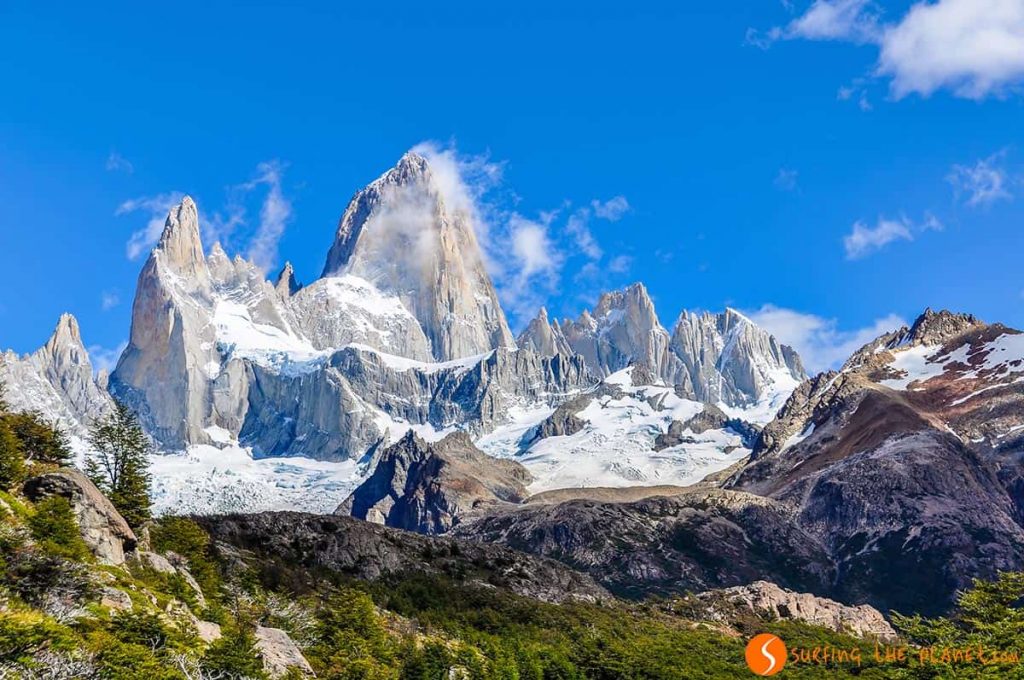RIO DE JANEIRO, BRAZIL – The main regional leaders seek to develop a common agenda that analyses the phenomena restricting the access of a significant part of the population to the effective enjoyment of their rights and well-being and breeding inequality, hindering progress towards inclusive social development.
This was the aim of the Third Meeting of the Regional Conference on Social Development in Latin America and the Caribbean, held in Mexico from September 30th to October 3rd. It was organized by the Economic Commission for Latin America and the Caribbean (ECLAC), the Government of Mexico and the United Nations Development Programme (UNDP).

ECLAC believes that there are at least eight critical issues to consider in this agenda. Among them, the persistence of poverty, structural inequalities, the deficit of decent work and social protection, insufficient social investment, various forms of violence and disasters and climate change are preventing the region from achieving inclusive social development.
184 Million People in Poverty in Latin America
According to the latest ECLAC data, in 2017, the number of people living in poverty in Latin America was 184 million, representing 30.2 percent of the population, of which 62 million (10.2 percent of the population) were living in extreme poverty.
In Uruguay, poverty stood at 40.96 percent in 2004 and homelessness was six percent. However, the last three socialist governments succeeded in bringing poverty down to 8.1 percent and homelessness to 0.1 percent in 2018, according to data published in March 2019.
Uruguay is more than 22 percentage points below the regional average for poverty and more than ten percentage points below the regional average for homelessness.
In any event, Uruguay still counts 279,393 people living in poverty and 3,449 homeless, according to official figures.
One of the main current problems is inequality in income distribution in the region. Between 2002 and 2017 there was a reduction in the Gini coefficient (from 0.534 to 0.466), although the rate of decline slowed from 2014.
The Gini coefficient is a measure of inequality, with a number scale between 0 and 1, where 0 corresponds to perfect equality (everyone has the same income) and where 1 corresponds to perfect inequality (one person earns all of the income and the remainder have none). The Gini index is the Gini coefficient expressed in reference to a maximum of 100, instead of 1, and is equal to the Gini coefficient multiplied by 100.
Latin America and the Caribbean remain the most unequal region in the world, and the inequalities associated with the socioeconomic stratum are added to gender, ethnic, racial, territorial inequalities and those related to the different stages of people’s life cycle, forming the “structural pillars of social inequality in the region,” says ECLAC.
Uruguay, the least unequal
Uruguay, according to ECLAC’s estimates for 2017, is the country recording the lowest percentage of poverty, with 2.7 percent of its population living in this condition, while the Uruguayan government estimated this figure at 7.9 percent.
ECLAC explains that the decline in Uruguay is the result of pensions and transfers received by low-income households, the same model adopted by Costa Rica (15.1 percent) and Panama (16.7 percent).

Chile, with 10.7 percent (as opposed to the official 8.6 percent) is the country with the second least poverty in the region. This decrease was associated with an increase in labor income in low-income households.
The lower difference between the populations’ extreme income in Uruguay compared to the region is explained not only by the fact that at the local level the most impoverished concentrate a greater percentage of the income generated in the country, but also by the fact that the rich concentrate the smallest percentage compared to other countries. Extreme cases in the continent are found in Honduras – where the poorest 20 percent of the population corresponds to only 3.5 percent of the income generated – and Brazil – where the richest 20 percent concentrates 55.1 percent of the total income.
Poverty in the Macri model
Recent official data released in Argentina show that, while poverty decreases in the world, it increases in the neighboring country.
Poverty reached 35.4 percent of the population in the first half of 2019, according to data from the National Institute of Statistics and Censuses (INDEC).
The population living below the poverty line would affect 15.9 million people, including 3.4 million who are homeless, based on a population estimate of approximately 45 million Argentinians.
In other words, today in Argentina the proportion of people living in poverty is more than eight times that of 1974 (four percent). One of the harshest data, which also conditions the country’s future, is that one out of every two children is impoverished, according to the 2018 data from the last report of the Social Debt Observatory of the Argentine Catholic University (UCA); these data are expected to increase, as the economic situation has worsened.
Brazil’s poverty is growing, affecting 55 million people.
It represents 26.5 percent of the population and means that some two million people have become impoverished, according to official data.
In Brazil, the number of people living in extreme poverty increased from 6.6 percent of the population in 2016 to 7.4 percent in 2017, from 13.5 million to 15.2 million. The percentages show a variation from 52.8 million people to 54.8 million, according to the latest data for December 2018 based on World Bank parameters, as disclosed by the Brazilian Institute of Geography and Statistics (IBGE).

The number of people living in poverty in Brazil exceeds the total population of countries like Colombia, Argentina, and Spain.
Nearly half of the poor are in the northeast, where that percentage rises to 44.8 percent of the population.
The study’s data are based on World Bank parameters, which consider citizens living in poverty with up to US$5.5 a day or less than R$406 a month (about US$127 at the average exchange rate in 2017).
Brazil, a country of 208 million people, has experienced one of the worst recessions in its history in recent years, with a massive reduction in jobs after a decade of staggering growth, largely due to the boom in the price of raw materials.
According to the IBGE, extreme poverty, those living on less than US$1.90 a day, rose from 13.5 million in 2016 to 15.2 million in 2017, representing 7.7 percent of the population.

